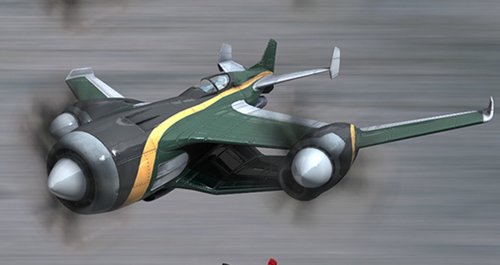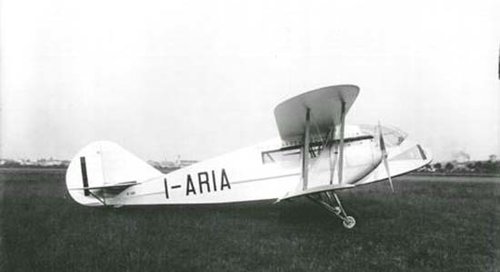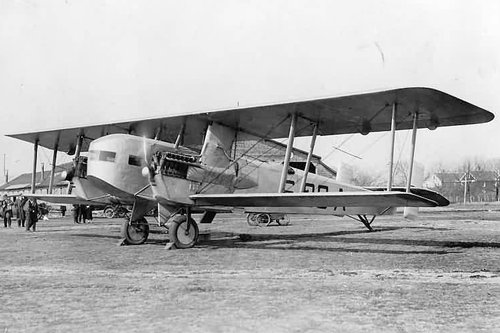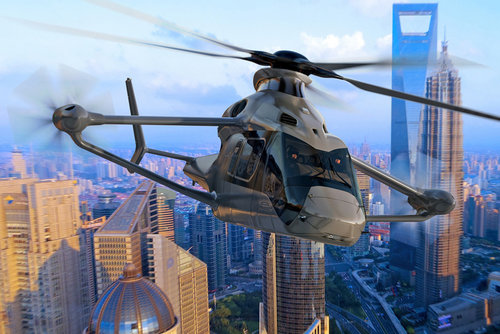Deltafan
ACCESS: Top Secret
- Joined
- 8 May 2006
- Messages
- 1,697
- Reaction score
- 2,317
Hi,
watching this "Stallion Turbo", fictionnal airplane from the game "Skydrift, I asked myself, if this wing configuration had really existed in reality for a biplane (or a sesquiplane) ? I only know engines between the two wings or engines integrated into one of the two wings (the one above or the one below).
watching this "Stallion Turbo", fictionnal airplane from the game "Skydrift, I asked myself, if this wing configuration had really existed in reality for a biplane (or a sesquiplane) ? I only know engines between the two wings or engines integrated into one of the two wings (the one above or the one below).





